You are a few months into your new adventure in photography. You are loving the images you are getting from your camera but there is an itch you cannot quite scratch. You want to expand, not only your knowledge but also your equipment. But what to buy? Photography today offers a wealth of wonderful tech to boost our creativity. Some of it is essential, some of it useful, some of it will be a complete waste of money. Today we are going to look at ten of the most commonly purchased bits of gear, many of which you will also find on our gifts for photographers guide. There is not particular order to our list today, but each falls into the essential or useful category.
A New Lens
Chances are your camera came with a kit lens. These days most kit lenses are pretty decent, capable of some very good images. However, virtually all kit lenses are what we call standard zooms. That is, they go from moderate wide angle to moderate telephoto. After a while you will find this a little limiting and hanker for some greater range. The choice you have is bewildering, fisheyes, wides, zooms, telephotos, macros and so on. The best advice is get something that suits for photographic style and does not duplicate the focal length of your current lens.
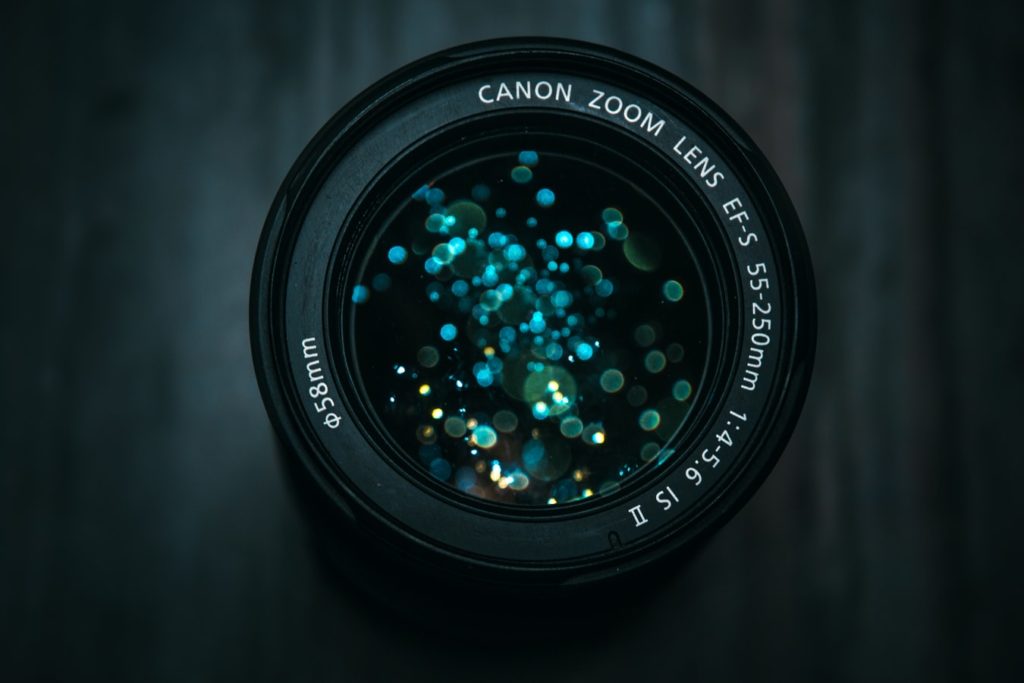
A new lens is a likely early purchase.
Camera Bag
As you start to accumulate gear, you will need a decent camera bag to store it. Again the choice can be bewildering, over the shoulder, backpack, big, small. If you have become serious about photography look for a bag that is big enough to expand in to but small enough to take on planes as hand baggage. The style of bag is very much a personal preference but if you have access to a decent local camera store go there to buy. You will not only be able to try out the bags, you will be supporting a local retailer.
A Flash
It won’t take you long to realise that the on camera flash is little more than adequate. If you are shooting people. especially in dark places, a proper hotshot flash in needed. You will be looking for something that is “dedicated” to your camera. That means the flash will receive exposure and focus information from the camera and compute the best level of flash to give. Don’t assume that dedicated flashes have to be made by the original camera manufacturer. There are a number of excellent third party companies that offer similar features often for less money.
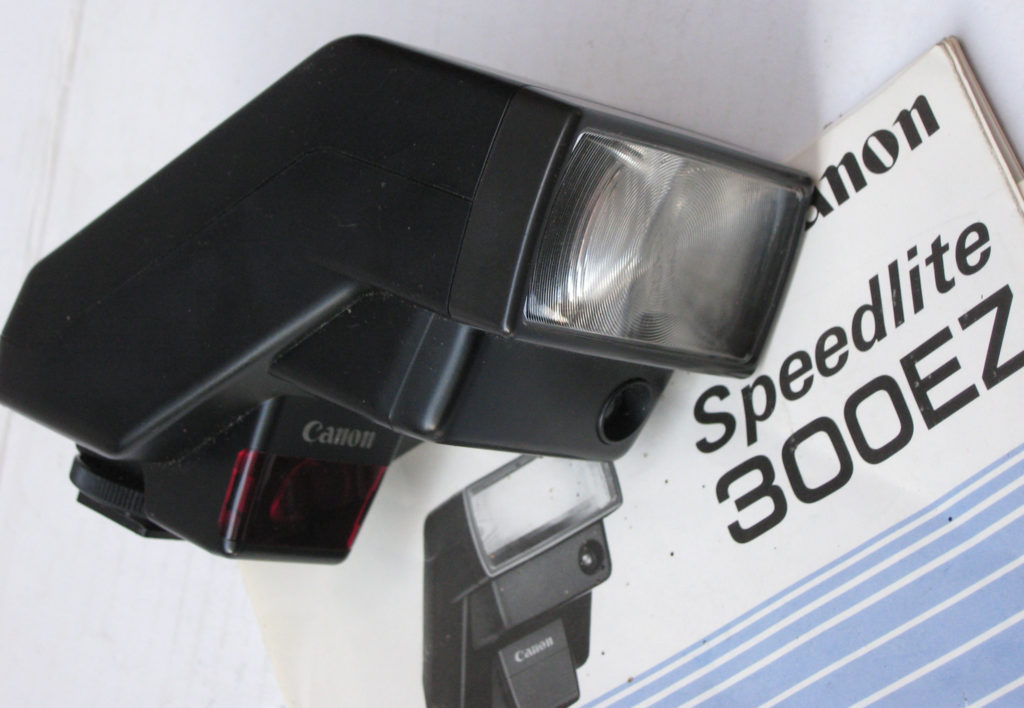
A flashgun will be essential to some.
A Tripod
As you become knowledgable about low light and slow shutter speeds, you will realise the need for a tripod. Tripods can be cumbersome to carry but can take the technical aspects of your images to an new level. Don’t skimp on a tripod. Buying a cheap plastic one will leave you very unsatisfied. Spend some money and get a good quality one, not only will it last a long time, it will give you much better stability.
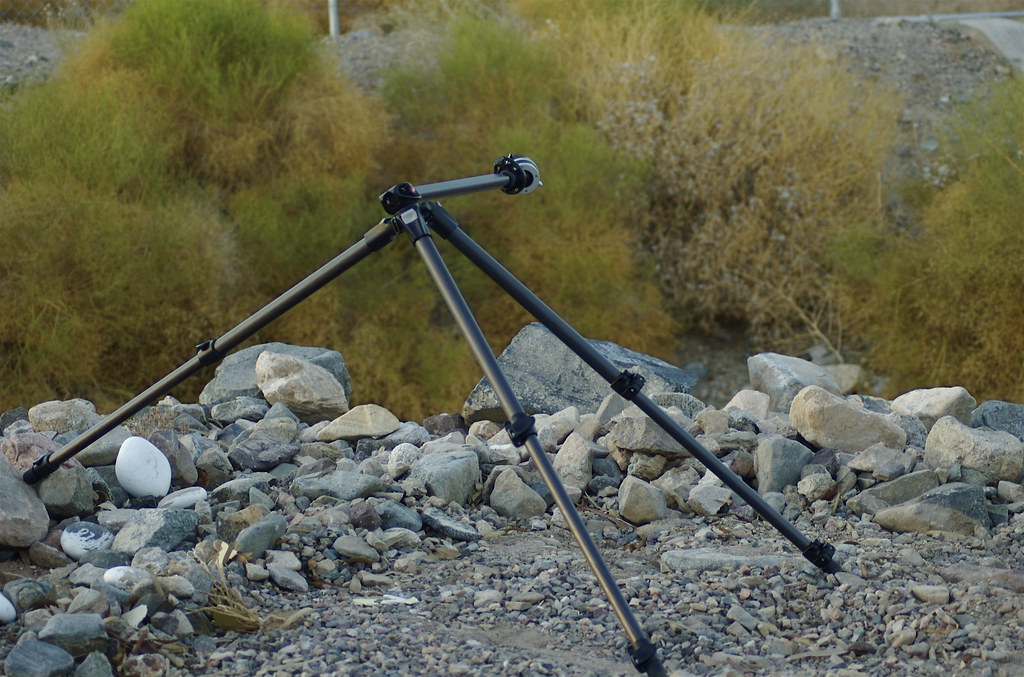
Don't skimp on your tripod.
Filters
You might already have a filter on your kit lens but you will soon come to realise there is a plethora of different types. The first filter you will probably consider is a polariser. These cut reflections and increase colour saturation and are one of the few filters that cannot be replicated in post production. Other common filters are neutral densities and graduated neutral densities. The former are used to lower shutter speeds for creating ethereal looking water of light trails. The later help balance out overexposed skies with the foreground. If you plan to expand your filter range, take a look at square filter systems such as Formatt-Hitech or Lee.
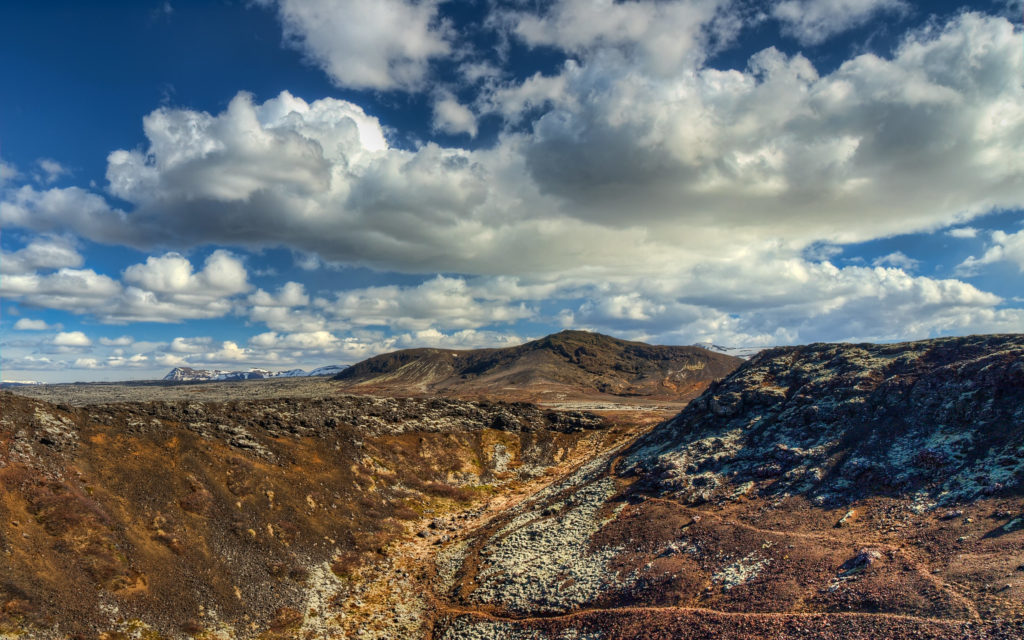
Polarisers are a very useful first filter.
Memory Cards
Your camera would have come with an SD Card but the chances are its will not be very big. As you shoot more and more, perhaps moving to RAW, you will realise that you need a bigger card. Like tripods, memory cards are not things you should go cheap on. There are some very good “deals” on places like Amazon or eBay but be aware that there are a lot of fake cards out there. Buy from a reputable dealer, going cheap could lose you an entires day’s shoot if the card goes corrupt.
A Card Reader
Another essential item is a decent card reader. Of course you can just plug your camera into the computer but this will use up battery power. A good quality card reader will transfer images much faster and not use any power. It will also allow you to transfer images from different size memory cards such as SD and MicroSD
Extra Batteries
Power can be an issue, especially for those who shoot video or use mirrorless cameras. An extra battery or two can be an ideal compliment to any kit bag. As well as original manufacturer batteries there are third party clones. These can be significantly cheaper than originals but make sure you do some research before buying. Some camera manufacturers lock out third party batteries with firmware upgrades and some batteries are not high quality. With that said however there are some excellent and well know third party companies to buy from
Smartphone Apps
Apps are the photographer’s tools of the 21st Century. You can preplan locations, where light will fall at a given time and date, calculate long exposures and much more. You can geotag shots, with specialist GPS apps or remotely control your camera using one. The choice is bewildering and the prices often cheap. You can never have enough photographic apps.
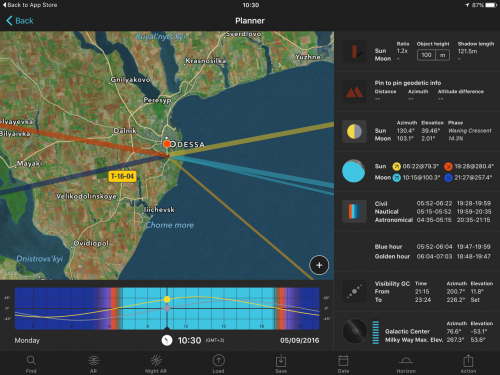
A Cleaning Kit
No matter how well sealed your camera bag is, your camera and lenses will get dirty. Investment in a decent camera cleaning kit is an essential purchase. You can go for simple lens cleaner and wipes or purchase things such as lenspens and sensor cleaning kits. The latter might be a bit daunting for beginners but if you do have a dirty sensor, there are third party companies that will do it for you.
There are many items of equipment that you might consider purchasing after your first camera. The above are a few, essential or useful items that can make you more productive or more creative. What others would you add to our list?

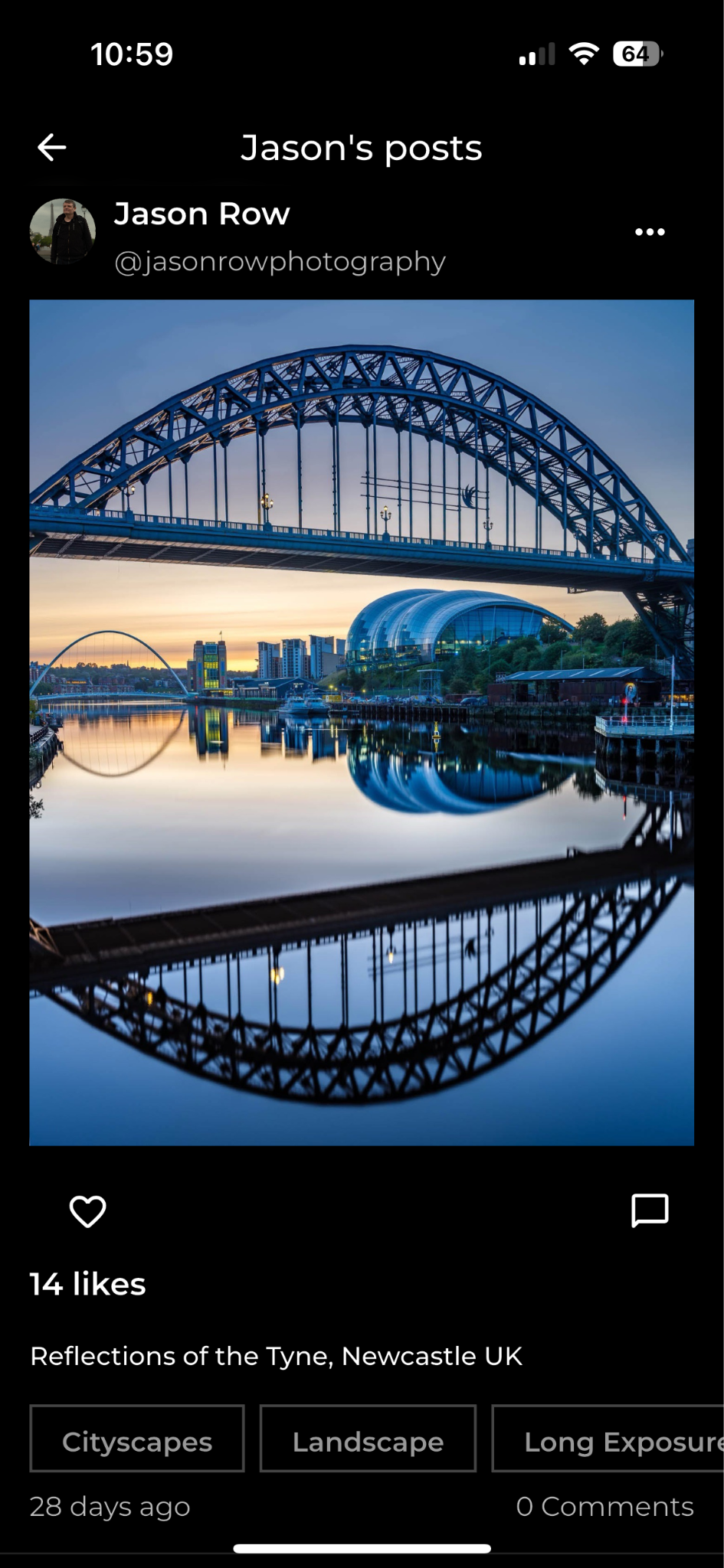
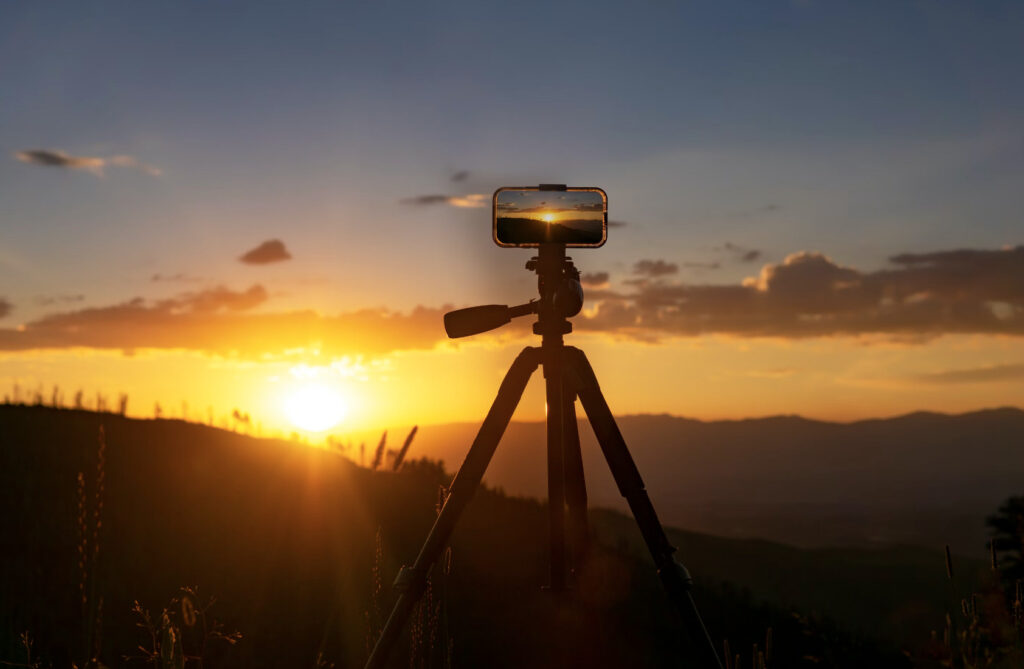

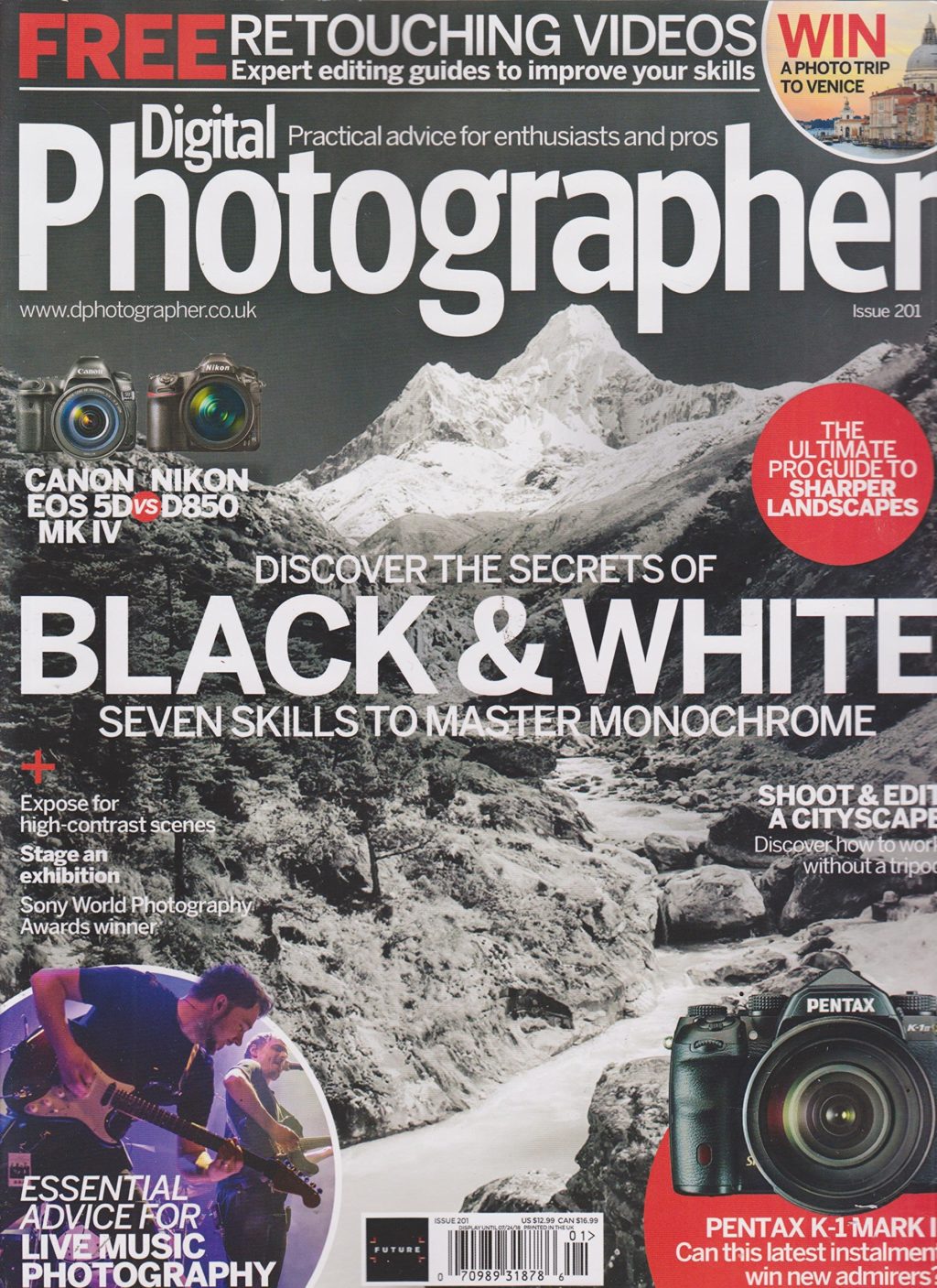
1 Comment
For me , the gear depends on the field you are shooting in. If you are a person who doesn`t travel much then, not much gear is needed but as the blog said the general gear a person buys after a camera is bough are above. In addition to that, I think the software for editing is also which you should buy if you are going professional